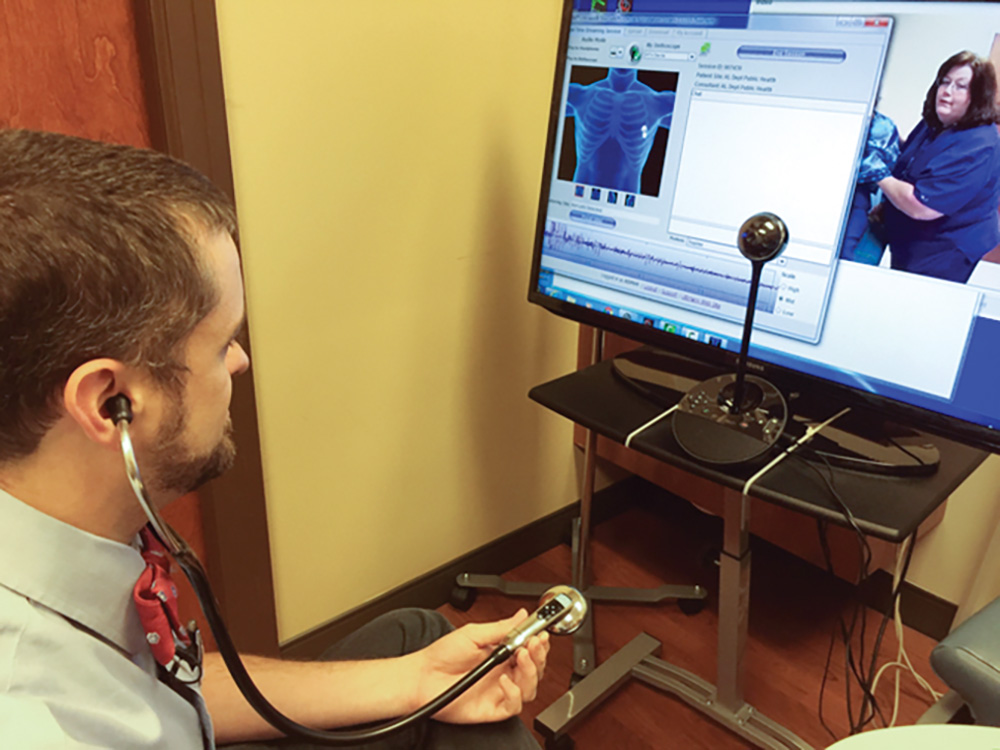Need for dialysis likely to increase; options available
Nearly 10,000 Alabamians receive dialysis treatments to remove excess water, solutes and toxins from their blood. This number is approximately equal to the total current population of Perry County.
About half of all Alabama dialysis patients must receive dialysis due to diabetes. High blood pressure (or hypertension) is another leading risk factor. Unfortunately, both risk factors are increasing among Alabama’s adults and may be even more serious among our youth. The number of Alabamians receiving dialysis is expected to increase.

The most current county level data on obesity is produced by the County Health Rankings & Roadmaps Program. In 2013, this data indicated that 17 of Alabama’s 67 counties (all rural) had 40 percent or more of their adult population classified as being obese. This reflected an increase from 11 counties in 2011.
Data on hypertension is not adequately available. However, the Centers for Medicare and Medicaid Services publishes an online Medicare Chronic Condition Dashboard that provides 2015 data on the percent of Medicare recipients diagnosed with hypertension. According to this data, more than 62 percent of all Alabama Medicare recipients had been diagnosed with hypertension. This is the second highest percent among all states. The percent of Medicare recipients diagnosed with hypertension in all 67 Alabama counties exceeded the national percentage.
Dialysis treatment can be demanding on patient lives. Most dialysis patients in Alabama are receiving this treatment at end stage renal treatment centers (or dialysis clinics). This treatment usually requires four hours per day for three days. This procedure, in-center hemodialysis, involves removing, cleaning and replacing the patient’s blood. Transportation to dialysis clinics poses a great challenge for many patients, especially because 13 rural counties have no dialysis clinics.
An expanding option is to receive this treatment at home. Approximately 10 percent of patients on dialysis (roughly 1,000) are currently using this option. There are two types of home dialysis treatment, hemodialysis and peritoneal dialysis. Home hemodialysis involves a procedure like that done in dialysis clinics. Hemodialysis at home must be done five or six days per week for about 2 and 1/2 hours per day. Before this can be started, a patient must go to a home dialysis training unit three or four days per week for six weeks to be trained in this procedure and must have a partner during dialysis. When the patient starts home hemodialysis, he or she must have a face-to-face meeting with their nephrologist once or twice each month.
The specific procedure used for dialysis depends on the patient’s activity and lifestyle. For additional information, contact any actively practicing Alabama nephrologist.
Dale Quinney is executive director of the Alabama Rural Health Association, 1414 Elba Highway, Troy, 36081.




